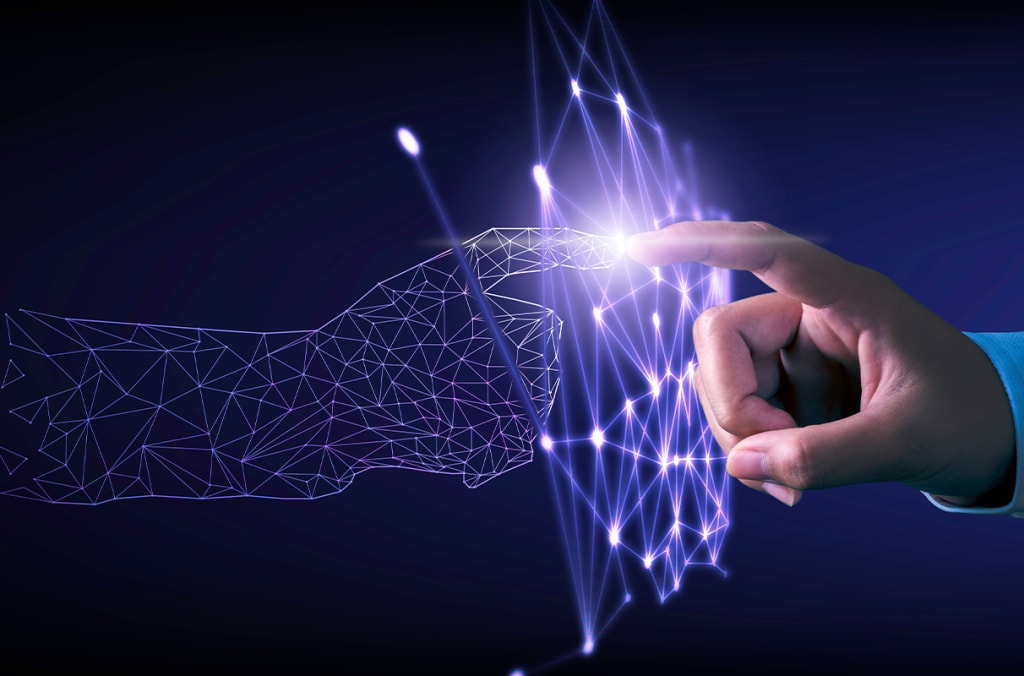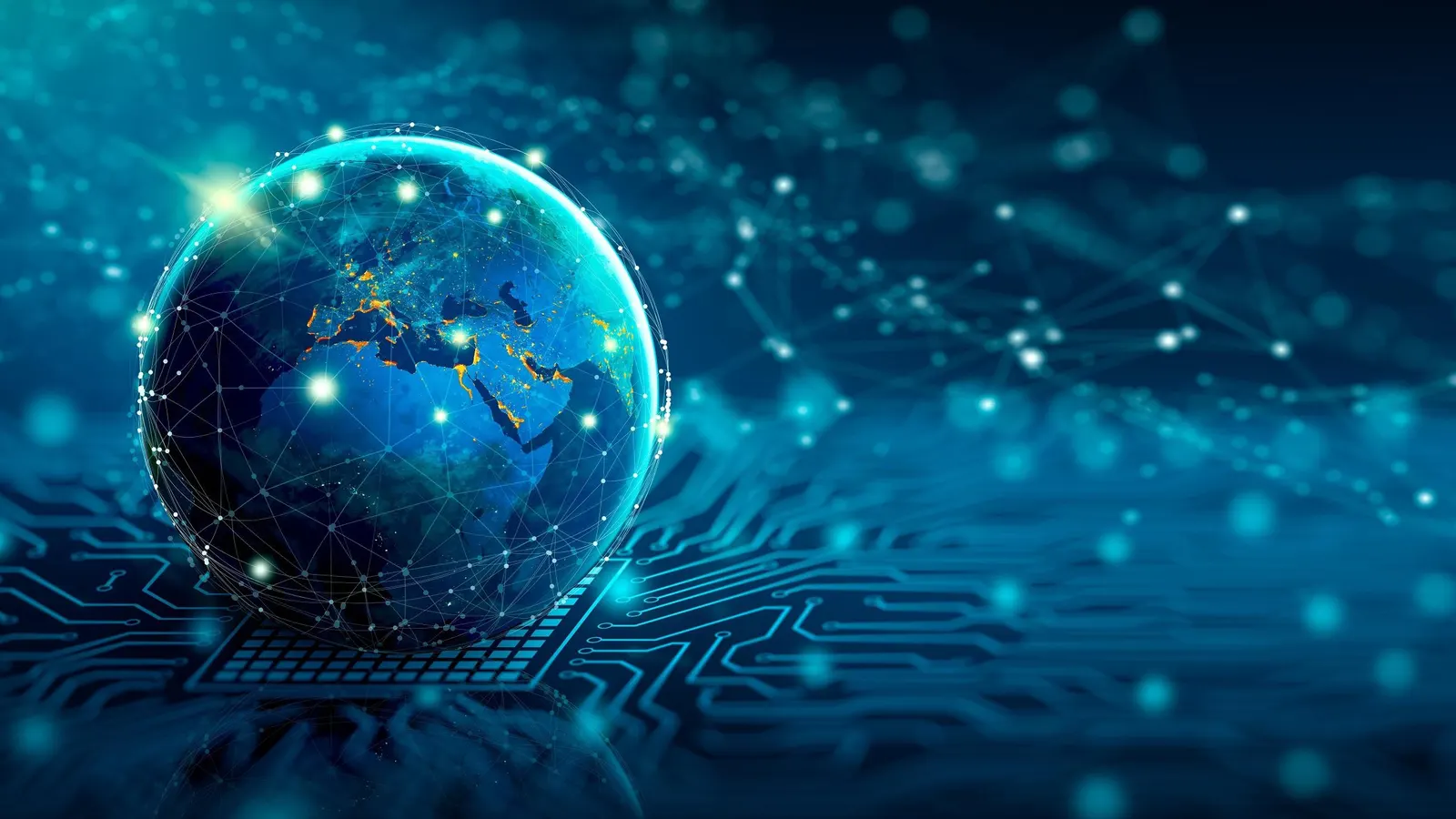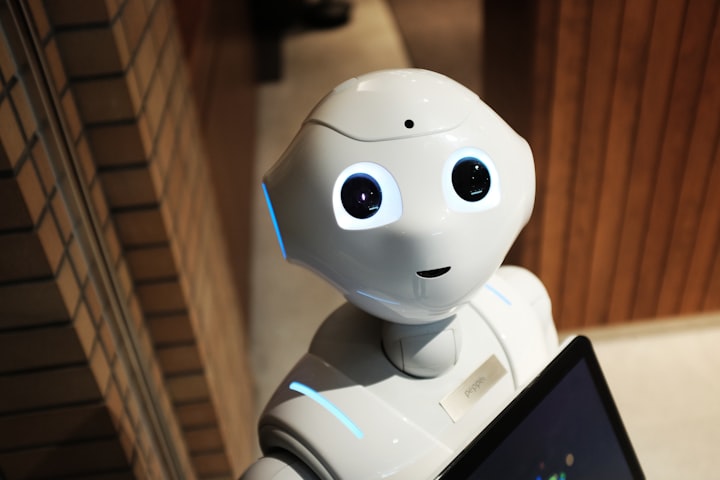How Technology is Shaping Our World: Past, Present, and Future

Technology is the driving force behind some of the most significant changes in human history. From the invention of the wheel to artificial intelligence and quantum computing, technology has revolutionized how we live, work, communicate, and interact with the world. In just a few decades, we have gone from landline telephones to smartphones that act as cameras, computers, GPS devices, and entertainment centers all in one.
But what exactly is technology? At its core, technology is the application of scientific knowledge to solve problems and create tools that improve life. Whether it’s software, machinery, or biotechnology, every field of innovation relies on technology to evolve.
In this article, we’ll explore the evolution of technology, its role in modern life, its advantages and challenges, and what the future might hold. Whether you’re a tech enthusiast or simply curious about the digital world around you, this guide will offer insights into how deeply embedded technology is in our lives.

1. A Brief History of Technology
The journey of technology began with the most basic tools created by early humans—sharp stones, fire, and the wheel. These early innovations laid the foundation for civilizations.
-
Ancient Era: The invention of the plow revolutionized agriculture. Papyrus and later paper changed the way people recorded information.
-
Industrial Revolution (18th–19th century): The steam engine, mechanized factories, and electricity changed how goods were produced and how people lived and worked.
-
20th Century: This era saw the invention of the telephone, the airplane, television, and the computer. The world became more connected and more automated.
-
Digital Revolution (late 20th century–today): The rise of the internet, smartphones, cloud computing, and AI marked a shift into a digital age.
This rapid technological evolution has transformed virtually every aspect of human life—and it shows no sign of slowing down.
2. The Role of Technology in Daily Life
Technology now permeates every part of our daily routine. Here’s how:
A. Communication
From emails and messaging apps to social media, we can now communicate with anyone, anywhere, in real time. Video calls, virtual meetings, and online communities have made the world a smaller place.
B. Education
Online learning platforms, digital textbooks, and virtual classrooms have transformed education, making learning more accessible, personalized, and engaging.
C. Healthcare
Medical technology has advanced tremendously. From diagnostic imaging to robotic surgery and telemedicine, patients receive faster and more accurate care.
D. Transportation
Electric vehicles, GPS navigation, ride-sharing apps, and even the development of autonomous cars are redefining mobility.
E. Entertainment
Streaming services, gaming, music platforms, and virtual reality have revolutionized how we entertain ourselves.
F. Work
Remote work, automation, and AI-powered tools have reshaped the traditional office, offering flexibility and increasing productivity.
G. Home Life
Smart homes, voice assistants like Alexa and Google Assistant, and IoT devices allow people to control lighting, heating, and security systems with a tap or a voice command.

3. The Benefits of Modern Technology
Technology offers countless benefits, and while some are obvious, others are more subtle yet equally impactful.
1. Convenience
Smartphones, online banking, and delivery apps save time and effort in everyday tasks.
2. Increased Productivity
Tools like project management software, AI-driven analytics, and automation allow businesses and individuals to accomplish more in less time.
3. Access to Information
With the internet, knowledge is literally at our fingertips. People can learn new skills, access global news, and find information on virtually any topic.
4. Economic Growth
Technology drives innovation, creates jobs, and opens new markets. Entire industries have been born from advancements in tech.
5. Social Impact
Technology enables grassroots activism, social change, and global awareness. Social media has played a role in everything from political movements to charity campaigns.
4. Challenges and Risks of Technology
Despite its advantages, technology also presents several challenges and potential risks.
A. Privacy Concerns
With so much personal data stored online, issues around data security and privacy have become major concerns. Hacks, leaks, and surveillance threaten individual rights.
B. Job Displacement
Automation and AI are making some jobs obsolete. While new roles are created, the transition can be difficult for displaced workers.
C. Digital Addiction
Excessive screen time, social media addiction, and gaming disorders are affecting mental health, particularly among youth.
D. Misinformation
The rapid spread of fake news and misinformation on digital platforms poses a threat to democracy, public health, and societal trust.
E. Environmental Impact
The production and disposal of electronic devices, as well as the energy consumed by data centers, contribute to pollution and climate change.

5. Emerging Technologies and the Future
The future of technology is both exciting and uncertain. Here are some of the most promising developments on the horizon:
1. Artificial Intelligence (AI)
AI is becoming smarter, capable of learning, predicting, and decision-making. It’s being applied in healthcare, finance, transportation, and even art.
2. Quantum Computing
Quantum computers have the potential to solve problems too complex for classical computers, revolutionizing fields like cryptography, medicine, and climate modeling.
3. Biotechnology
Gene editing, personalized medicine, and bioengineered tissues are paving the way for groundbreaking treatments and longer life spans.
4. Renewable Energy Technology
Advancements in solar, wind, and battery technologies are making clean energy more viable and efficient.
5. Space Exploration
With private companies like SpaceX and Blue Origin leading the charge, space tourism, lunar bases, and even missions to Mars are within reach.
6. Metaverse and Extended Reality
Virtual and augmented reality are merging the physical and digital worlds, offering immersive experiences for education, entertainment, and work.
6. Balancing Technology with Humanity
As we embrace technology, it’s crucial to ensure it serves humanity—not the other way around. This means:
-
Promoting digital literacy so people can navigate technology responsibly.
-
Developing ethical guidelines for AI and data use.
-
Supporting workers during technological transitions with training and education.
-
Creating tech that is inclusive, accessible, and sustainable.
Ultimately, the goal is to use technology as a tool to enhance our lives, solve real-world problems, and build a better, fairer world.
